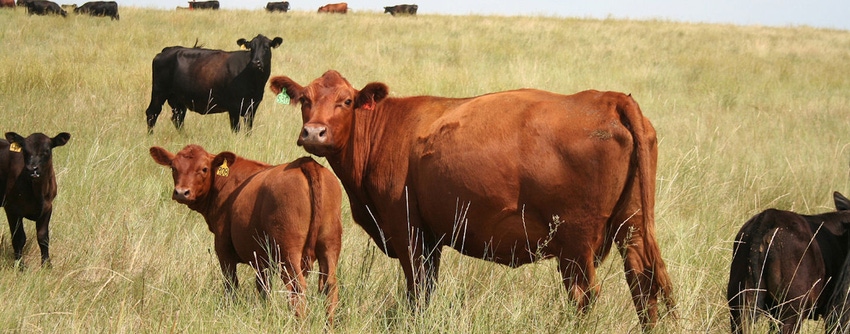
The scientist is supposed to bring logic and reason to bear so as to explain how and why things happen. But that doesn't always happen.
Sadly, scientific logic and examination hasn't reigned in the arena of livestock grazing management.
The United States and other parts of the developed world have witnessed some very polarizing conflicts over grazing. For a while we had a large group of people declaring all grazing is inherently bad. Do you remember "cattle free by 93?" That seems to have died down. Bumper-sticker slogans without substance seldom last long.
Today we have a vocal few with scientific training who are still denigrating time-controlled, managed grazing -- anything associated with Allan Savory is a particular favorite. They also contend continuous grazing yields better overall results than does grazing interspaced with periods of no grazing.
Of course, there is nothing wrong with criticism. The exchange of viewpoints and critique of other people's ideas is one way that truth is discovered. The problems arise when winning the argument becomes more important than discovering the truth.
Personal attacks and intentional misinformation have no place in logical discourse. When this happens the dialogue is no longer an intellectual discussion but rather something akin to a barroom brawl. It is hard to hold a reasonable conversation with a drunk or with an ideologue who has an agenda.
Recently the global warming controversy has injected political correctness and "feel good" reasoning into the fray with some calling for a reduction of livestock in order to reduce greenhouse gas emissions.
To have standing in the argument, we graziers must first admit that millions of acres all over the world have been seriously, sometimes fatally, damaged by grazing of domestic animals. This is a fact that no reasonable person can deny. Grazing is a very powerful tool that will produce change in the local environment. Whether these changes will be beneficial or damaging to the environment depends on how grazing is managed.
It has been demonstrated many times in many different areas that good grazing management builds grassland health and bad grazing management destroys grassland.
The most damaging management is that in which grazing animals are always present on an area. It is easy to defend this statement intellectually by describing the effects of continuous grazing upon the vegetation and the soil but it can also be defended by the personal observations of people who have seen areas damaged by continuous grazing and then healed with time-controlled grazing.
There is an even more powerful argument; all of the great grasslands of the world developed in the presence of large numbers of grazing animals kept in constant motion by predators. Nature does not allow large numbers of grazing animals to locate and graze the same area continuously. When significant numbers of one species of herbivore are present on an area for prolonged periods of time parasites, disease and predators build up and reduce the population.
The constant motion phenomenon can still be seen today in the interaction between wild graziers and predators such as the caribou and wolf in the arctic and the antelope and lion in Africa.
But here's the logic and science behind what I've said about continuous stocking. When grazing animals are constantly present, their favored forages will be preferentially grazed and re-grazed to the point of being killed. Reducing the numbers of grazing animals will reduce the numbers of plants that are overgrazed. To be overgrazed means they are grazed again before being fully recovered from last grazing. Yet reducing animal numbers without controlling grazing just means many plants will still be overgrazed, since animals select the tender new regrowth of grazed plants.
As the favored forage plants are grazed out, they will be replaced with plants which are more resistant to grazing and less productive. These weedy plants, in general, have shorter green periods and less leaf area so less sunlight is converted to biological energy, and the whole ecosystem suffers. In turn, less plant material is available to be cycled through the digestive system of herbivores, so that reduces mineral cycling within the system. Furthermore, mineral nutrients in the now ungrazed material left over from lower stocking rate are lost to chemical decomposition and to erosion.
The effects on the soil-plant-animal complex will be different according to differences in local climate, topography, plant composition and soil characteristics, but continuous grazing will always result in less productive and less stable grassland.
The interaction between grazing animals and grasslands prior to humans becoming a factor actually created the great agricultural soils of the world, along with unbelievable amounts of life of all types. To say that we should do away with this elegant symbiotic relationship because we have interfered and caused damage would be the height of ignorance. More information on good grazing management and its effects is available on my website.
About the Author(s)
You May Also Like




